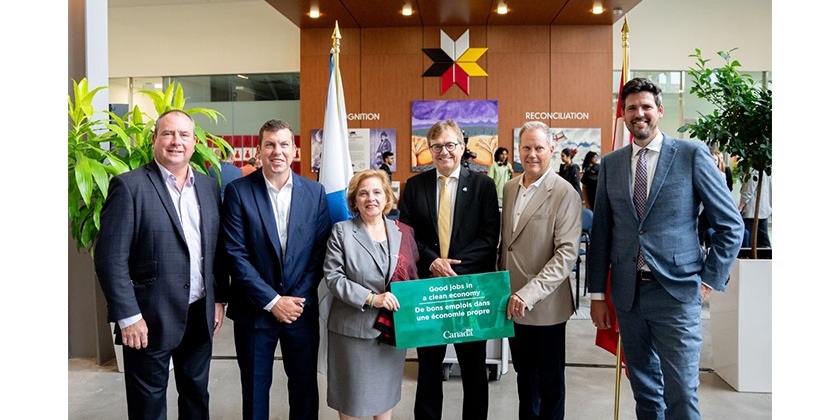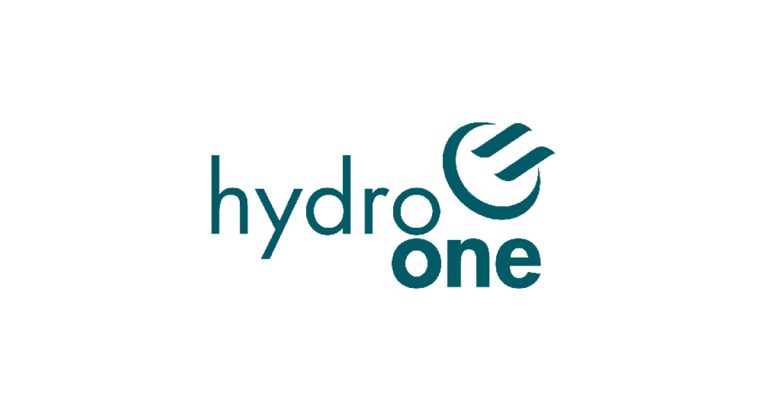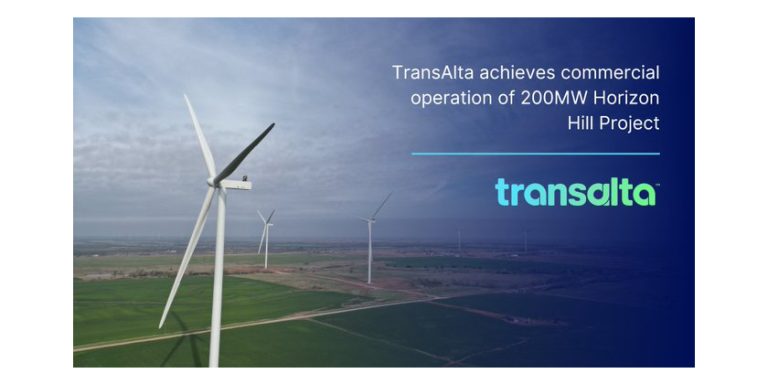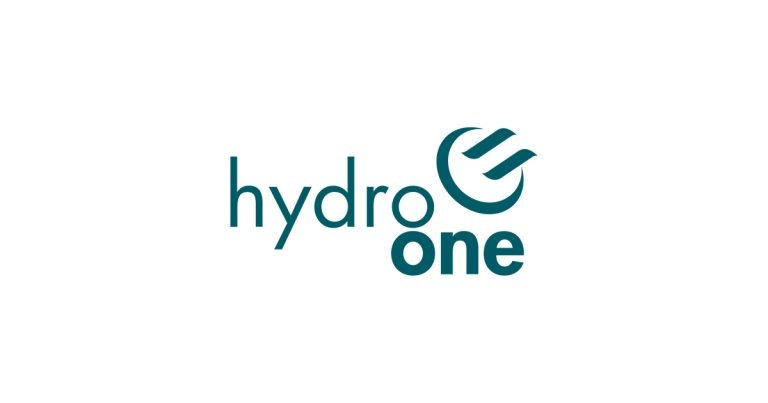Federal Government and Nova Scotia Introduce Canada-Nova Scotia Regional Energy and Resource Table, Including $192M Investment in Four Clean Energy Projects

July 31, 2024
The Canada-Nova Scotia Regional Energy and Resource Table (NS Regional Table) is a key vehicle for driving economic prosperity now and into the future. Launched in October 2022, the NS Regional Table is a partnership between the federal and provincial governments, in collaboration with Mi’kmaw partners — and with input from key interested parties — to identify and accelerate shared economic priorities for a low-carbon future in the province’s energy and resource sectors. In collaboration with the federal government The Nova Scotia Regional Energy and Resource Table Framework for Collaboration on the Path to Net Zero (Collaboration Framework) has been launched.
The Collaboration Framework identifies six areas of economic opportunity to pursue: hydrogen, marine renewables, clean electricity, critical minerals, the forest bioeconomy and carbon management. In all of these areas, companies across the province are already moving to seize the economic opportunities they present, and the federal and provincial governments will be there to support them.
Over the past few years alone, Nova Scotia has seen the benefits of increased economic activity in these priority areas, which both the provincial and federal governments will continue to build on going forward. Both governments committed to the Joint Policy Statement on Developing and Transmitting Clean, Reliable and Affordable Power in Nova Scotia and New Brunswick, which was signed in October 2023 and commits them to working actively together to ensure progress toward electricity systems that will be affordable, reliable and clean and will meet the requirements of the forthcoming Clean Electricity Regulation.
In line with this commitment, the federal government today announced an additional $192 million for clean energy projects and associated storage systems. The investment includes:
$117.6 million to Nova Scotia Power for the installation of three battery energy storage systems in Bridgewater, Spider Lake and White Rock, Nova Scotia, as well as other grid modernization upgrades
$25 million to Benjamins Mill Wind to deploy a 33.6-MW wind energy project near Windsor, Nova Scotia
$25 million to Higgins Mountain Wind Farm to deploy a 100-MW wind energy project on Higgins Mountain, Nova Scotia
$25 million to Wedgeport Wind Farm to deploy an 84-MW wind energy project in the municipality of the District of Argyle, Nova Scotia
Other recent investments and progress toward these goals include 660 electric vehicle charging stations for Wolfville and Halifax, a $125-million investment in EverWind in Port Hawkesbury, $10 million earlier this month for electric grid upgrades in Antigonish and more. In the hydrogen space, too, recent progress includes the passage of Bill C-49, to help develop offshore renewable energy, and advances in the Canada–Germany hydrogen alliance.
Both Canada and the Province of Nova Scotia are working to establish and maintain constructive, co-operative relationships based on mutual respect that lead to improved opportunities for Indigenous Peoples. This includes an acknowledgment that the integration of Indigenous perspectives is critical to realizing a low-carbon economy that is grounded in respect, recognition and reconciliation. In this regard, the two governments collaborated closely on the development of this Framework with Kwilmu’kw Maw-klusuaqn, which represents 11 Mi’kmaw communities under the Assembly of Nova Scotia Mi’kmaw Chiefs.
Through these collaborative efforts, the two levels of government, Indigenous partners and key interested parties can position Nova Scotia to be a global energy, mining and technology supplier of choice in a net-zero world while creating good jobs and lasting prosperity across the province.
Quick Facts
- The Regional Energy and Resource Tables (Regional Tables) are joint partnerships between the federal government and individual provincial and territorial governments in collaboration with Indigenous partners – and with input from key stakeholders – to identify and accelerate shared economic priorities for a low-carbon future in the energy and resource sectors.
- Regional Tables are underway in 10 provinces and territories: British Columbia, Manitoba, Ontario and the four Atlantic provinces (New Brunswick, Nova Scotia, Prince Edward Island and Newfoundland and Labrador) as well as the Northwest Territories, Nunavut and Yukon.
- An alternate collaboration has been established with Alberta, an Alberta–Canada Deputy Minister–level Working Group. Discussions are underway with Quebec.
- At the federal level, the Regional Tables are an initiative led by Natural Resources Canada involving multiple federal institutions, including Innovation, Science, and Economic Development Canada, the Regional Development Agencies and the Canada Infrastructure Bank.
- The Government of Canada is actively investing in territories and provinces, including through the $35-billion Canada Infrastructure Bank, the $1.5-billion Critical Minerals Infrastructure Fund, the $4.5-billion Smart Renewables and Electrification Pathways Program and the Strategic Innovation Fund’s Net Zero Accelerator initiative.
- On July 18, 2023, federal ministers and Atlantic premiers agreed to renew the Atlantic Growth Strategy to harness the unique advantages and opportunities of the region through renewed priorities and new targeted pathways to foster prosperity for all Atlantic Canadians.
- In provinces like British Columbia, the Regional Tables are already delivering results when it comes to seizing the economic opportunities of the clean economy. For example, just weeks ago, the federal government, the provincial government and First Nations governments announced support for a road project in northwest B.C. that will help unlock mining opportunities for critical minerals in the region.







